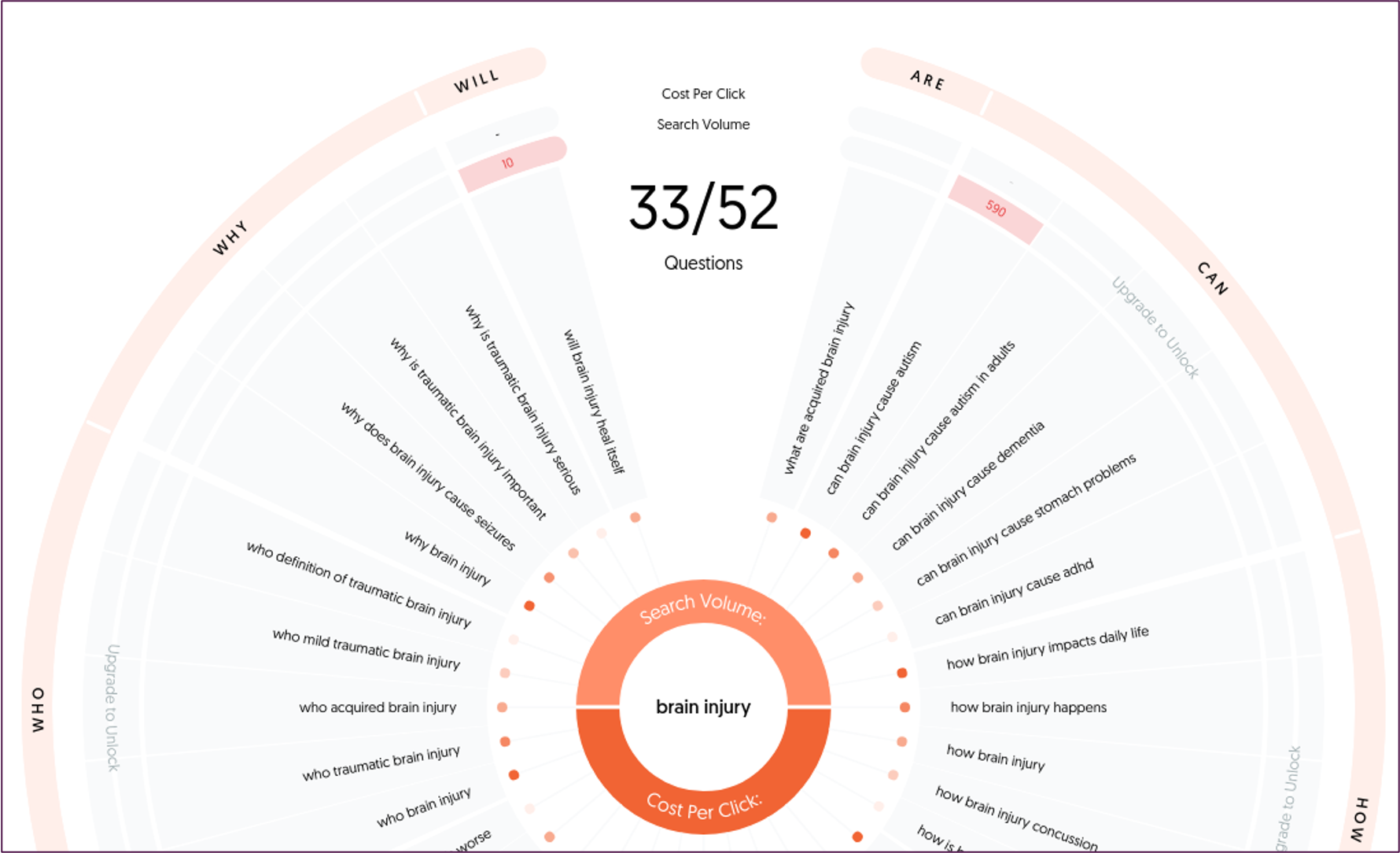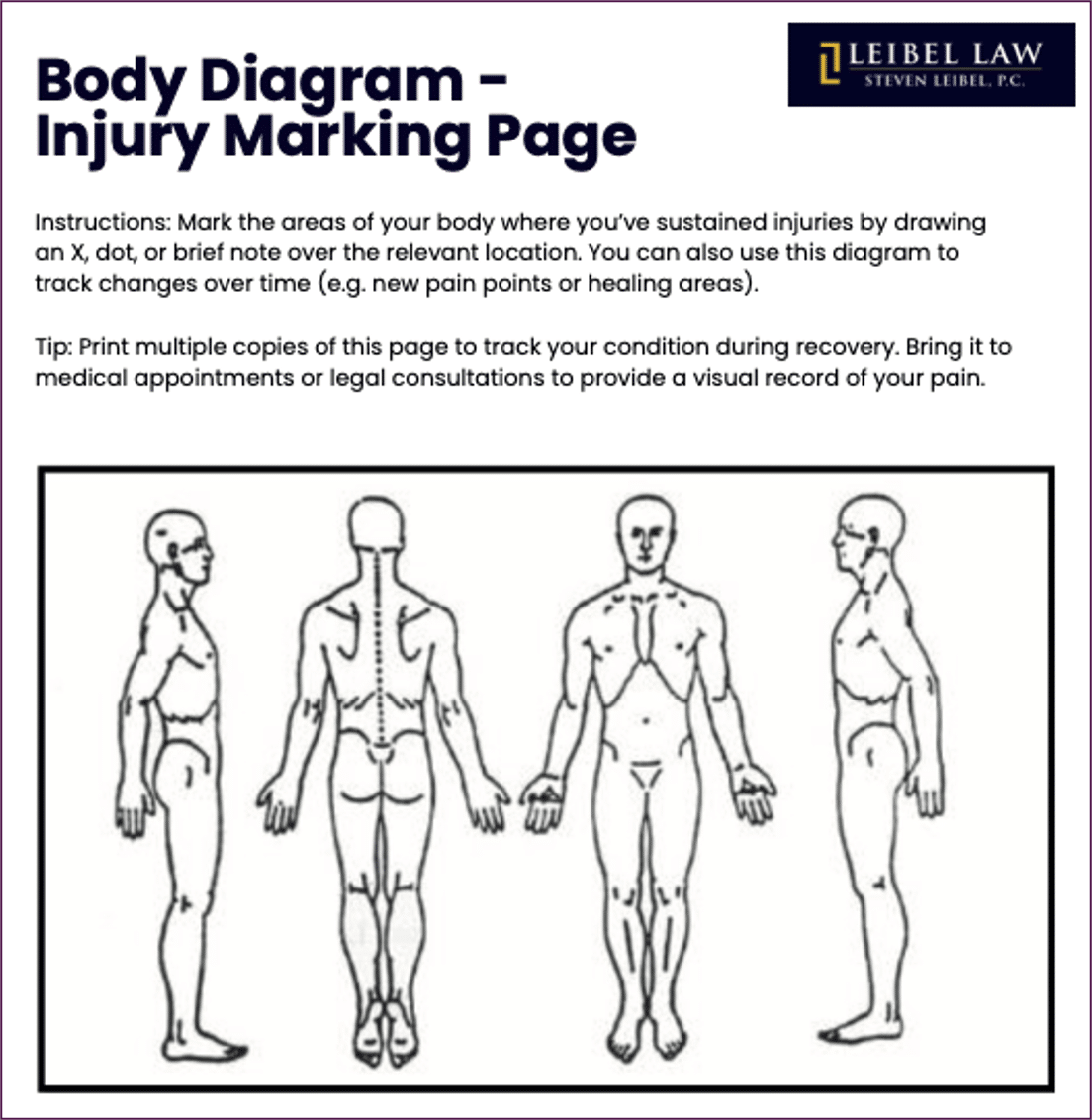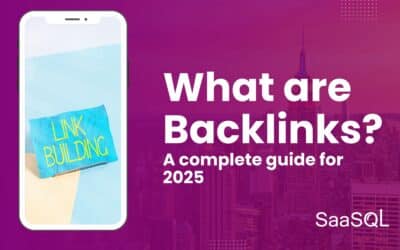Why Creating AI SEO Content Requires a Different Approach
Search behavior is changing fast. More people are asking questions directly to AI tools like ChatGPT, Bing AI, and Google’s Search Generative Experience (SGE) instead of typing traditional search queries into Google. The way these AI models choose which content to reference isn’t the same as how Google ranks pages. And that means the old SEO playbook no longer covers everything you need to stay visible.
Creating AI SEO content isn’t about chasing tricks or hacks. It’s about writing and structuring your content in a way that makes it easy for AI to find, understand, and share your answers. That requires a shift from keyword stuffing and backlink hunting to something much simpler: clarity.

This checklist walks through the exact steps for creating AI SEO content that is built for how people search today. It focuses on answering real questions, using structured data the right way, and making your expertise easy to recognize—whether the reader is a human or a machine.
Note: a resource was developed by our team to help businesses confidently create content that meets the demands of today’s AI-driven search landscape. Use it to track your progress, verify every critical step, and ensure your content is fully optimized before you publish. To access click: SaaSQL AI SEO Content Checklist
How Do You Choose the Right Keyword When Creating AI SEO Content?
Before writing a single sentence, decide on the keyword or phrase you want AI tools to associate with your content. But simply picking a keyword isn’t enough. You need to understand how real people ask about the topic—and how those questions shape the way AI models process and prioritize your content.
Start by using tools like AnswerThePublic, ChatGPT, and Google’s “People Also Ask” feature. Don’t just search your keyword. Type in the actual questions your audience might ask. For example, instead of “AI SEO,” explore what users ask like “How do I create content that ranks in AI search?” or “What is the best way to optimize content for ChatGPT and Google SGE?”
Make a list of these questions. Look for patterns, related queries, and variations. This list becomes your roadmap. Use these questions to build your content structure, with each section answering a single question clearly and directly.
Keyword selection isn’t about guessing what sounds good. It’s about finding the exact language your audience uses—and ensuring your content mirrors that language in a way AI tools can easily recognize and prioritize.
How Do You Write Content That Feels Conversational (and AI-Ready)?
If your content doesn’t sound like the way people speak, it won’t rank the way you want it to. AI tools are built to answer conversational queries—questions that real people ask out loud or type as full thoughts. Writing in that same tone makes your content easier for AI models to select as the answer.
Start each section by directly answering a single, clear question. Use one or two sentences to give the answer up front. Then spend three to five sentences explaining how to do it. Think of your content like a great customer service call: direct, helpful, and easy to follow.
Keep your sentences short. Use plain language. Instead of writing, “AI SEO strategies require the implementation of keyword-optimized structural elements,” say, “Use keywords in your headers so AI tools can easily understand your topic.”
Make your headers feel like questions a person would actually ask. Use words like “how,” “what,” or “why.” This mirrors how voice search works and how people phrase queries when talking to AI tools like ChatGPT. If your audience asks, “How do I optimize content for AI search?”—make that your header, not “AI Search Optimization Techniques.”
A conversational tone isn’t about being casual. It’s about being clear.
How Should You Structure Headers for Maximum AI Visibility?
AI tools like ChatGPT and Google SGE rely on structure to understand which parts of your content answer specific questions. Without a clear hierarchy in your headers, even the best-written content can get overlooked. Good structure isn’t about style—it’s about making your answers easy to find.
Use a simple header hierarchy: H2 for main sections, H3 for supporting details, and H4 if you need to break things down further. Keep your headers consistent throughout the page. If one section uses H2, the next main section should also use H2—not H3.
Write headers as questions when possible. This mirrors the way users phrase their queries and the way AI models process language. For example, “How Should You Structure Headers for Maximum AI Visibility?” is stronger and more aligned with search behavior than “Header Structure Best Practices.”
Make sure each header introduces a section that delivers a direct answer right away. Don’t let readers (or AI models) hunt for the point. Answer the question first, then provide step-by-step instructions, examples, or supporting information immediately below
To check the header structure for your website page, use the AI SEO Content Crawler (pictured) to see your headers and current hierarchical structure.
How Do You Apply Structured Data Without Confusing Search Engines?
Structured data, or schema markup, helps AI and search engines understand what your content is about. But more isn’t always better. The key is to use the right schema for the right type of content—nothing more, nothing less.
First, choose the schema that matches the purpose of the page:
- Use Article schema for blog posts, guides, or thought leadership pieces.
- Use FAQ schema only if the page has a clearly visible FAQ section.
- Use LocalBusiness schema for service or location-specific pages.
- Use Product schema if the content is about a specific product or service.
- Use Breadcrumb schema to show the page’s position within your site structure.
Never stack unrelated schema types onto the same page. For example, don’t use Product schema on a blog post just because the article mentions your service. Overlapping schema confuses search engines and may prevent your content from being selected in AI responses.
After applying schema, test it using the Google Rich Results Test or Schema.org Validator. These tools will confirm whether your structured data is valid and implemented correctly. The goal isn’t to add schema—it’s to add the right schema that supports your content’s purpose.
For a more comprehensive overview, read our complete guide: What Is Structured Data? The Key to Showing Up in AI Search Results
How Should You Handle Outbound Links to Build Trust (Not Confuse AI)?
AI models favor content that supports its claims with credible sources. Outbound links to reputable, non-commercial sites help signal that your content is reliable and well-researched. But not all links carry the same weight—and linking the wrong way can do more harm than good.
Prioritize links to government websites (.gov), educational institutions (.edu), or major news outlets. These are the sources AI tools are most likely to trust. When citing data, always link directly to the original study or report, not to another blog post that references it.
Avoid linking to your competitors. Also avoid low-authority blogs or spammy sites, even if they’re the first result you find. Poor outbound linking can lower the perceived quality of your content in the eyes of both search engines and AI models.
When you use a statistic or quote, follow this structure:
- State the fact clearly.
- Include the source immediately after the statement.
- Link directly to the page where the information lives.
For example: “According to a 2023 report from the Pew Research Center (https://www.pewresearch.org/), 61% of Gen Z prefers asking AI tools over using traditional search engines.”
This approach doesn’t just build trust with AI—it builds trust with your readers, too.
How Do You Include Primary Data, Statistics, and Quotes That AI Will Respect?
AI tools prefer content backed by data, statistics, and credible expert quotes. These elements signal authority and increase the chances your content will be chosen as a trusted source. But simply adding numbers or names isn’t enough—the way you present these details matters.
Start by sourcing your data from government agencies, academic studies, or well-known research firms. Look for the most recent data available and always include the publication date. Outdated statistics lower the credibility of your content.
When including quotes, cite recognized experts or primary sources. For example, quoting a Harvard researcher carries more weight than quoting an anonymous blogger. Use direct quotes where possible, and attribute them fully: name, title, and organization.
Make the data easy for AI and readers to find by:
- Presenting key statistics in bullet points or numbered lists.
- Writing data points into the first few sentences of a paragraph, not buried deep in the text.
- Linking directly to the source so the claim is verifiable.
For example: “A 2023 Forrester Research study found that 42% of U.S. adults consider website chat crucial for local business engagement (https://go.forrester.com/).”
When you back your claims with real, cited evidence, AI is far more likely to select your content over others.
How Do You Format Content for Featured Snippets and Zero-Click Results?
AI-driven tools and search engines prefer to serve direct, easy-to-digest answers. That’s why featured snippets and zero-click results have become so common. To increase the odds that your content earns one of these spots, you need to format your answers for quick scanning and simple extraction.
Start each section by immediately answering the question posed in the header. Don’t make the reader—or the AI—work to find your point. Lead with one or two sentences that deliver the core answer clearly.
Follow your answer with practical details, formatted in:
- Bullet points for lists or key facts
- Numbered steps for instructions or processes
- Short paragraphs (no longer than three sentences) for explanations
When defining terms or explaining processes, keep the explanation under 40 to 60 words when possible. This makes your content a better candidate for inclusion in featured snippets.
For example:
What is structured data? Structured data is code that helps search engines understand the content on your page. It uses standardized formats like schema.org to describe elements such as FAQs, products, and articles.
Keep the formatting clean. Avoid long blocks of text, and make sure your headers and paragraph structure reflect a clear question-and-answer flow.
How Do You Use Images, Charts, and Alt Text to Reinforce Your Content?
Visuals aren’t just decoration—they help AI understand your content and improve engagement for readers. But for images to support your AI SEO content, they need to be informative, purposeful, and properly described.
Include images, diagrams, or charts that clarify complex points. For example, a chart showing the steps of applying structured data is far more helpful than a stock photo of a person at a laptop. Prioritize visuals that teach, not just fill space.
Every image should include alt text that describes what the image shows in clear, simple language. Use your primary keyword naturally in the description, but avoid stuffing. Focus on describing the function of the image, not its appearance.
For example, instead of writing:
“Alt text: Image of a checklist.” Write: “Alt text: Checklist for creating AI SEO content with keyword research, structured data, and conversational headers.”
Save your images with descriptive filenames as well. Instead of “image1.png,” use “ai-seo-content-checklist.png.” This small detail helps reinforce the context of your page.
The goal is to make your visuals as readable and useful to AI models as they are to your human audience.
How Do You Build Author Credibility That AI Recognizes?
AI tools prioritize content that comes from trusted, authoritative sources. That means building clear signals of your expertise directly into the content—not assuming readers (or machines) know who you are.
Start by including an author bio at the end of each piece. This should include the author’s name, relevant experience, certifications, and role. Make it easy for both readers and AI models to see why the person behind the content is qualified to speak on the topic.
For example:
“Written by J.W. Martin, Founder at SaaSQL, with over 20 years of experience helping businesses optimize for search and AI-driven discovery. Beth is certified in Google Analytics and holds an SEO Specialist designation from SEMrush Academy.”
Mention any awards, media features, or credentials that reinforce authority. If your company has been cited by reputable sources or has published research, include that information in the content or bio section.
Make sure the same author profile is used consistently across your website and other platforms. This includes your LinkedIn, company site, and author pages on any third-party publications. Consistency helps AI models recognize and trust the identity behind the content.
How Do You Ensure Your Brand Message Is Consistent Across the Web?
AI models gather information from a wide range of sources—not just your website. If your brand messaging, contact details, or business descriptions are inconsistent across the web, you risk confusing both readers and AI-driven platforms.
Begin by checking your Name, Address, and Phone number (NAP) across all key profiles: your website, Google Business Profile, social media accounts, and business directories like Yelp, Better Business Bureau, and local chambers of commerce. These details should match exactly, down to the formatting.
Use the same brand description everywhere. If you describe your business as a “fractional marketing partner” on your site, avoid calling yourself a “freelance CMO” on LinkedIn or other listings. Consistent language helps AI connect these mentions to the same entity.
Review your author bios, service descriptions, and company profiles across every platform where your brand appears. Alignment across these touchpoints builds trust—not just with potential customers, but with the AI models deciding whether or not to surface your content.
If you’re unsure whether your brand appears consistently, use free tools like Moz Local or Yext scan to check NAP consistency and business listings across the web.
How Do You Add an FAQ Section That Actually Helps?
An FAQ section isn’t filler—it’s one of the easiest ways to align your content with the way people ask questions. AI models prioritize well-structured answers to common queries, and a clear FAQ section gives them exactly what they’re looking for.
Start by reviewing the main questions your content has already answered. Choose the three to five most important ones and restate them in a concise, question-and-answer format.
Here’s how to do it:
- Write each question in natural, conversational language—the way your audience would actually ask it.
- Keep each answer short and direct, no longer than one or two sentences.
- Place the FAQ section near the end of the page, clearly labeled with an H2 or H3 header.
Example:
What is AI SEO content?
AI SEO content is written and structured to make it easy for AI tools like ChatGPT and Google SGE to find, understand, and share your answers.
If you include an FAQ section, apply FAQ schema markup to help search engines recognize and index these answers properly. Test your markup with Google’s Rich Results Test to confirm it’s implemented correctly.
The right FAQ section doesn’t just help readers—it makes your content more likely to be selected by AI as the best answer.
How Do You Audit Your Content to See if AI Is Actually Using It?
Creating AI SEO content is only valuable if it shows up where your audience is looking. The final step is to audit your content regularly to see whether AI tools are picking up your work—and to adjust if they’re not.
Start by running test queries directly in ChatGPT, Bing AI, and Google SGE. Ask the same questions you targeted in your headers and FAQ section. Pay attention to whether your content—or your competitors’—shows up in the AI-generated answers.
If your content isn’t being referenced:
- Check if your answers are too vague or too long—rewrite them to be direct and concise.
- Review your structured data implementation and confirm it matches the content type.
- Strengthen your use of outbound links and credible sources to reinforce authority.
You can also use tools like HubSpot’s AI Search Grader or experiment with AI tracking features from platforms like MarketMuse to assess your content’s AI-readiness.
Make this audit process part of your regular content maintenance. AI models evolve quickly—and so should your content. Stay agile, keep testing, and adjust as needed to stay visible where your audience is searching.
Creating AI SEO Content Isn’t About Tricks. It’s About Clarity.
The way people search has changed. Instead of sifting through pages of links, more users are asking AI tools for direct answers. While traditional SEO tactics like backlink building (when done right) remain relevant, this shift demands a new approach to content creation—one that focuses on clarity, structure, and real expertise.
The checklist you’ve just worked through isn’t just theory, it’s also a real-world example of how to create AI-ready content. This article has been designed, structured and presented deliberately, adhering to the very rules outlined in the text.
It’s a concrete example of the process necessary to ensure your content stands out in an AI-first world. Ultimately, it’s about asking the right questions, answering them directly, using structured data responsibly, and backing up your claims with credible sources. Admittedly, it’s a bit long, but we covered a lot of ground.
It’s also a demonstration that good AI SEO content doesn’t rely on hacks. It wins by being the clearest, most helpful answer to the questions your audience is actually asking.
When your content is structured to serve both people and machines, you don’t just rank—you become the trusted source AI engines choose to recommend.
FAQ: Common Questions About Creating AI SEO Content
What does “creating AI SEO content” mean?
Creating AI SEO content means writing and structuring your articles so that AI tools like ChatGPT, Bing AI, and Google SGE can easily understand, process, and reference your answers. This involves using conversational language, structured data, and clear formatting that aligns with how these platforms select and present information.
How do I know if my content is optimized for AI-driven search?
The best way to check is by asking the same questions your audience would ask—directly inside tools like ChatGPT, Bing AI, or Google SGE. If your content doesn’t appear in the results or responses, revisit your structure, schema, and the clarity of your answers. You can also use AI-readiness tools like HubSpot’s AI Search Grader to assess your optimization.
What type of schema should I use when creating AI SEO content?
Match your schema to your content type:
- Article schema for educational content and blog posts
- FAQ schema for clearly defined FAQ sections
- LocalBusiness schema for service or location-specific pages
- Product schema for product or service listings
- Breadcrumb schema for navigation clarity Avoid stacking unrelated schema types on the same page, as this can confuse search engines and AI models.
Does adding outbound links really improve AI SEO?
Yes. Outbound links to credible sources like government sites, universities, and major news outlets build trust. When citing data or quotes, always link directly to the original source. Avoid linking to competitors or low-authority blogs.
How often should I update my AI SEO content?
Review and update your content at least once per quarter. Make sure statistics are current, structured data is still valid, and your answers remain aligned with how people are asking questions today. AI models evolve quickly—keeping your content fresh ensures it stays relevant.











